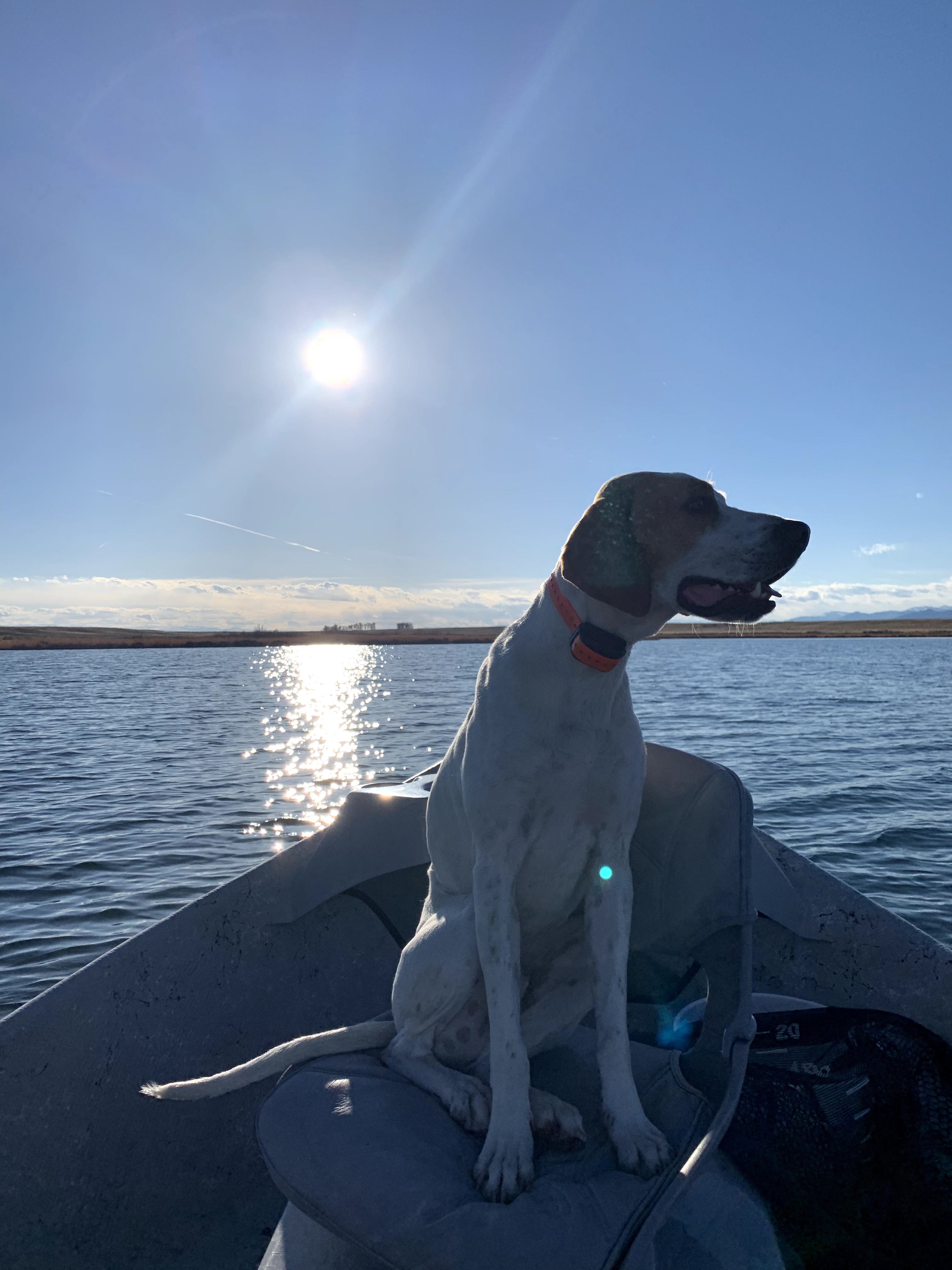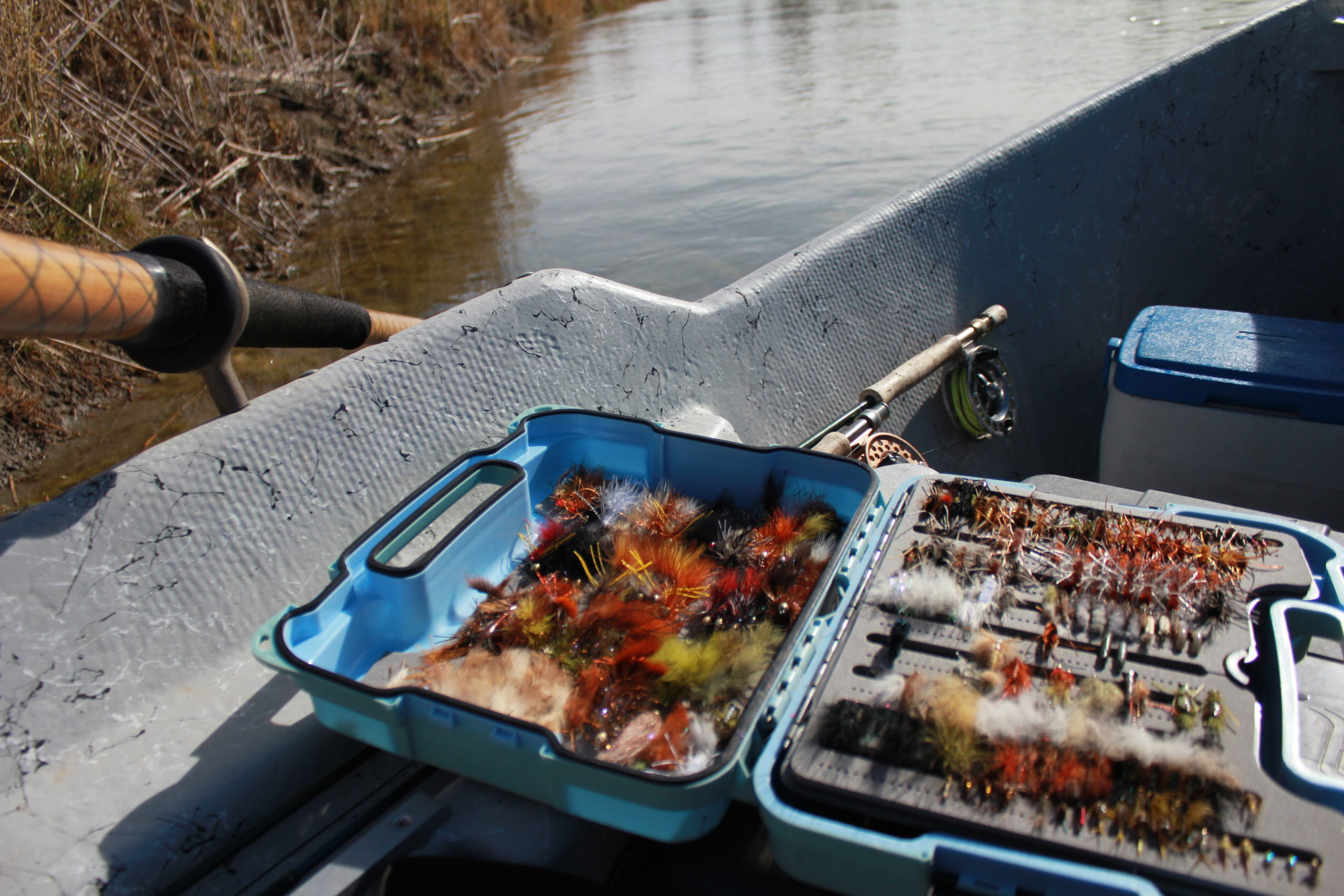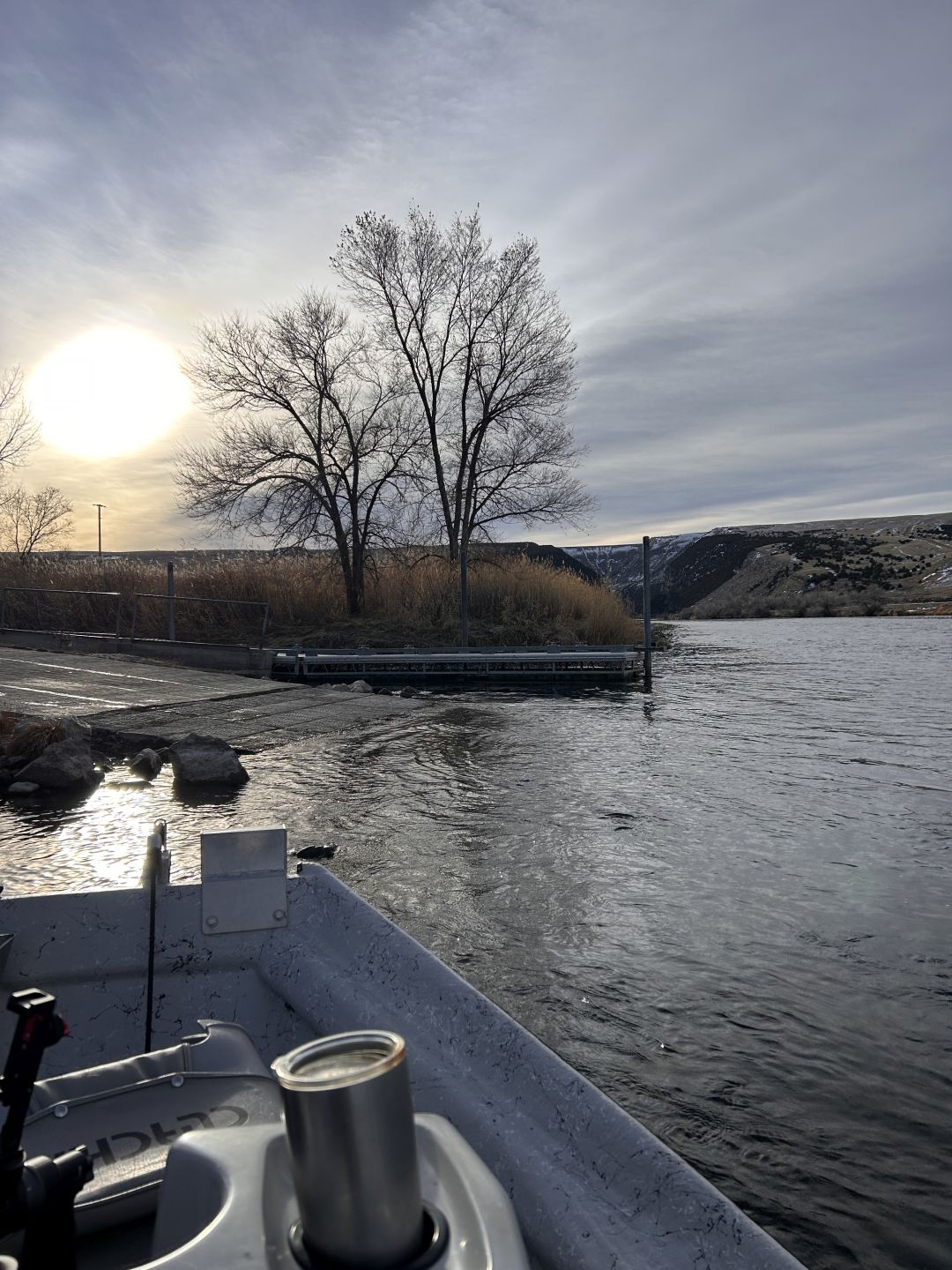Wyoming waterways are continuing to see the high runoff from the crazy winter that we had. According to the National Weather Service, “It was a brutally cold, long, and snowy winter for many locations in Wyoming.” (NWS, 2023) How does this affect the fishing? Why are the reservoirs continuing to fluctuate or stay elevated? We must first look at Wyoming Water Rights.
In Wyoming, water rights are typically based on the principle of “prior appropriation,” which means that the first person or entity to beneficially use water from a particular source has the senior right to that water. The State Engineer’s Office administers and regulates these water rights.
Once a water right is established, the holder of the right has the authority to use the specified amount of water for the intended purpose. However, there are limitations on water use, and water rights may be subject to restrictions during droughts or other periods of water scarcity. Some of these water rights are in other states. Meaning there is water being sold to other states for their usage.
The next piece of the puzzle is the current runoff and flooding issues. Rivers are often categorized in two ways: Freestone or Tailwater. In our local water we continue to be experiencing high runoff in our freestone rivers because of the above average snowfall and the high levels of rainfall this Spring. Most of our freestone rivers run into reservoirs at some point.Once they reach the reservoirs those water rights change due to energy needs, needs from other states, and in the current situation too much water down river. On June 15th, the US Bureau of Reclamation issued the following, “In coordination with operations at Bighorn Lake and the U.S. Army Corps of Engineers, we are reducing outflows from Boysen Reservoir to mitigate potential flooding within the Bighorn River Basin. Bighorn Lake is currently operating within the exclusive flood control pool. With the reduced outflows at Boysen, we anticipate Boysen Reservoir will enter the exclusive flood control pool within the next few days. The release from Boysen will decrease by approximately 1,000 cfs. Flows will decrease from 4,500 cfs to approximately 3,500 cfs.” This morning the flow increased back up to 5,500 cfs. This will keep Boysen and surrounding areas from flooding but may cause some issues down the river. Find alerts about Boysen on the Hot Springs County Emergency Management Facebook page. (https://www.facebook.com/HSCEMC)
Okay back to fishing, high water conditions can significantly affect trout in several ways:
Habitat Disruption: High water levels can disrupt the natural habitat of trout by altering the structure and composition of the stream or river. Fast-flowing, turbulent water can wash away gravel beds, uproot vegetation, and rearrange the streambed, making it less suitable for trout to find shelter, spawn, and feed.
Reduced Visibility: When water levels rise, it often leads to increased turbidity or murkiness. Sediment, debris, and increased flow can decrease water clarity, making it more challenging for trout to locate and capture prey. This reduced visibility can also make it harder for trout to detect predators or avoid potential dangers.
Altered Food Availability: High water conditions can disrupt the insect life and other aquatic organisms that form the primary food source for trout. Increased flow can dislodge insects from their habitats, making it more difficult for trout to find and feed on them. Conversely, high water may introduce new food sources, such as terrestrial insects that get washed into the water, providing temporary feeding opportunities for trout.
Physiological Stress: Trout are cold-water species that have evolved to live within specific temperature ranges. During high water events, there can be changes in water temperature due to increased flow or influxes of warmer water from tributaries. Extreme or sudden temperature changes can stress trout and negatively impact their metabolism, oxygen requirements, and overall health.
Restricted Movement: High water conditions can limit the movement and dispersal of trout within a stream or river. Strong currents and swollen rivers may create barriers, such as waterfalls, rapids, or deep pools, preventing trout from accessing their preferred habitats or reaching spawning areas. This restriction of movement can affect breeding success and overall population dynamics.
It’s important to note that trout species have varying tolerances and adaptations to different environmental conditions. Some trout species, like steelhead, may actually benefit from higher water levels as they allow them to migrate upstream more easily. Nevertheless, prolonged or extreme high water events can generally have detrimental effects on trout populations, their behavior, and their ability to survive and reproduce.
Important Links:
Hot Springs County Emergency Management Facebook




